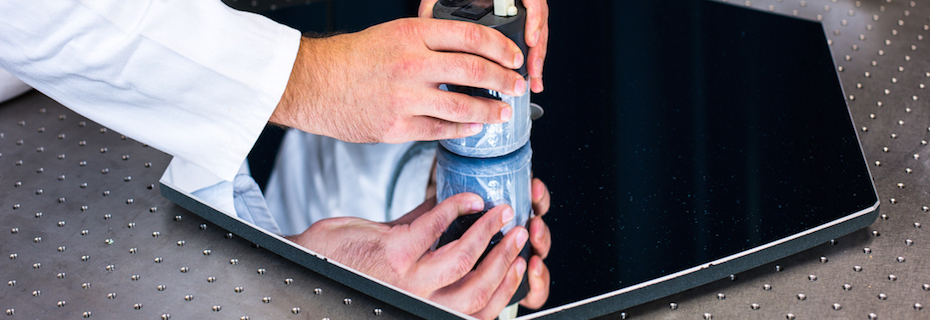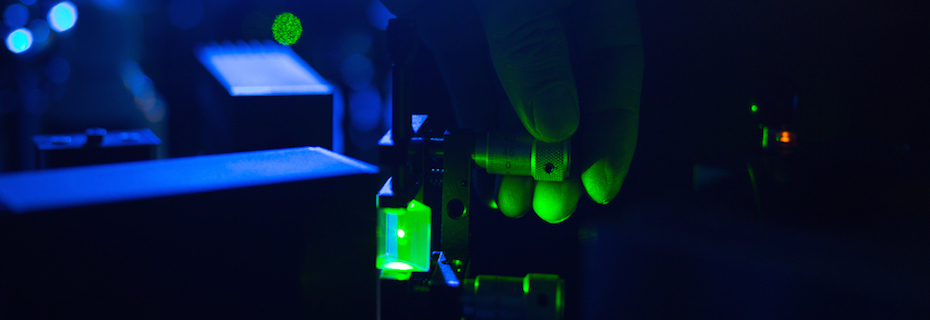Novinky z FZÚ AV ČR
Fyzikální ústav Akademie věd ČR navázal spolupráci s HCMC University of Technology and Education
Kategorie: Novinky z FZÚ AV ČR
Fyzikální ústav Akademie věd ČR se připojuje ke kritice snížení prostředků na vědu
Kategorie: Novinky z FZÚ AV ČR
Quantum Tops at the LHC
Abstract: Discover the cutting-edge intersection of quantum information and particle physics: learn how the recent detection of quantum entanglement in top quark pairs by ATLAS and CMS is opening new frontiers at the LHC.Recently, the ATLAS and CMS Collaborations made the first observation of quantum entanglement in top quark pairs, marking an exciting milestone at the LHC. At first glance, this might seem unsurprising - after all, the Standard Model is a quantum field theory. So why is this discovery generating so much buzz? In this seminar, I will unpack the technical challenges behind this measurement and illustrate how quantum information concepts can provide new tools for high-energy physics, and vice versa. I will also discuss the unexpected observation of toponium formation at the LHC, placing it in the broader phenomenological context: what makes modeling top quark pair production and decay so challenging? Finally, I will explore the prospects for the upcoming Run 3 dataset and the High-Luminosity LHC era, highlighting how quantum information techniques may open entirely new avenues in precision measurements and the emerging subfield of quantum information at the LHC.
Kategorie: Novinky z FZÚ AV ČR
Od výzkumu k firmě: inspirace, zkušenosti a nové programy pro vědecké start-upy
Jak vznikají firmy z vědy a co všechno stojí za úspěšným spin-offem? Těmto otázkám se věnovala konference Od výzkumu k firmě: zakládání vědeckých start-upů a spin-offů, kterou pořádal tým Sekce optiky. Akce nabídla inspirativní atmosféru a pestrou směsici účastníků – vědců a vědkyň, zástupců poskytovatelů podpory začínajícím firmám i zakladatelů start-upů.
Kategorie: Novinky z FZÚ AV ČR
Vzpomínka na prof. Ing. Jindřicha Musila DrSc., emeritního vědeckého pracovníka Oddělení analýzy funkčních materiálů
Jindřich Musil, se narodil 19. ledna 1934 v Březině. Po absolvování Vysoké školy obrany v Brně v roce 1957 se začal věnovat vědecké dráze. Nejprve jako výzkumník ve společnosti Tesla, poté, od roku 1961, v řadách Československé akademie věd v Ústavu fyziky plazmatu a ve Fyzikálním ústavu.
Kategorie: Novinky z FZÚ AV ČR
Lukáš Palatinus: Jednou z největších výzev materiálové vědy je určení poloh atomů v nekrystalických látkách
Kategorie: Novinky z FZÚ AV ČR
Otevřený seminář oddělení 18 a projektu FerrMion
Seminář se bude konat u příležitosti návštěvy kolegů z Ústavu metalurgie a materiálových věd Polské akademie věd, Ústavu fyziky vysokých tlaků Polské akademie věd, Varšavské technické univerzity a Ústavu materiálů a mechaniky strojů Slovenské akademie věd. Pozvaní přednášející jsou odborníci na práškovou metalurgii, zpracování, korozi a mikrostrukturální charakterizaci kovových materiálů se zaměřením, ale nejen na biologicky rozložitelné kovové materiály. Ve svých prezentacích naši hosté představí své ústavy, aktuální výzkumné aktivity, hlavní výsledky a vynálezy a také možnosti vzájemné spolupráce.
Kategorie: Novinky z FZÚ AV ČR
Zemřel RNDr. Jan Loos, CSc.
Jan Loos, emeritní pracovník Oddělení magnetik a supravodičů v Cukrovarnické, odešel 9. 11. 2025 ve věku 95 let.
Kategorie: Novinky z FZÚ AV ČR
FAIR Wizard Workshop: Mastering DMP
Master your data with this hands-on workshop on FAIR Wizard — an online tool for creating and managing Data Management Plans. In just 90 minutes, you’ll learn how to streamline your workflow, enhance data quality, and easily apply FAIR principles in your research.
Kategorie: Novinky z FZÚ AV ČR
Solar Sail Propulsion For Exploring the Solar System
Dear colleagues,we would like to invite you to the seminar of Division of Elementary Particle Physics of Institute of Physics, presented by Les Johnson, the former Chief Technology Officer, NASA Marshall Space Flight Center (MSFC), Huntsville, Alabama.For more info, please see invitation.
Kategorie: Novinky z FZÚ AV ČR



